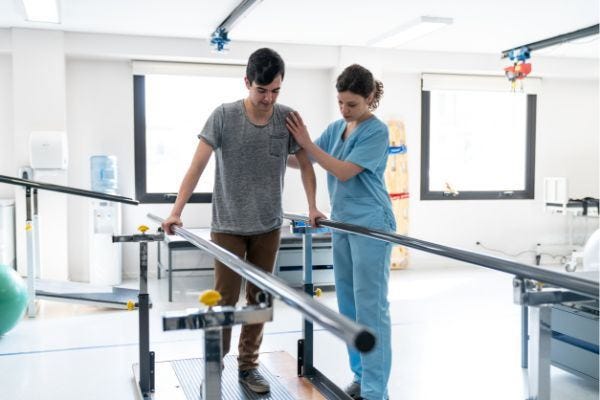
Auto accidents can have a profound impact on individuals physically, emotionally, and financially. While immediate medical attention is crucial, many accident victims underestimate the importance of long-term care, such as physical therapy. In this blog post, we’ll explore how physical therapy plays a vital role in the recovery process for auto injury treatment victims, helping them regain mobility, reduce pain, and improve their overall quality of life.
Importance of Early Intervention
Auto accidents can result in a wide range of injuries, from minor sprains and strains to more severe conditions like whiplash, fractures, and spinal injuries. Regardless of the severity, it’s essential to seek medical attention promptly. Physical therapy is most effective when initiated early in the recovery process. This early intervention can prevent the development of chronic pain, reduce the risk of complications, and expedite the healing process.
Pain Management and Rehabilitation
One of the primary goals of physical therapy for auto injury victims is pain management. Skilled physical therapists use a combination of manual techniques, therapeutic exercises, and modalities like heat and cold therapy to alleviate pain and reduce inflammation. They can also address joint stiffness and muscle imbalances caused by the trauma of the accident.
Additionally, physical therapy aids in the rehabilitation process. Through targeted exercises and stretches, patients can gradually regain their strength, flexibility, and range of motion. This is particularly crucial for individuals who have suffered injuries to the neck, back, or joints.
Restoring Function and Mobility
Auto accidents often lead to a loss of function and mobility. Whether it’s difficulty walking, limited range of motion in the arms or neck, or challenges with everyday activities, physical therapy is designed to address these issues. Therapists work with patients to create personalized treatment plans that focus on restoring functional independence.
For example, if an accident resulted in a shoulder injury that affects the ability to reach overhead, a physical therapist can develop exercises to strengthen the shoulder muscles and improve mobility. Similarly, individuals with lower back pain can benefit from therapeutic exercises that promote core strength and stability.
Emotional Support and Holistic Care
Auto injuries can take a toll on an individual’s emotional well-being. Physical therapists not only provide physical care but also offer emotional support during the recovery process. They work closely with patients to set achievable goals and monitor progress, which can boost the patient’s confidence and motivation.
Moreover, physical therapy takes a holistic approach to recovery by addressing the mind-body connection. Techniques like relaxation exercises and stress management strategies can help auto injury victims cope with the emotional aftermath of the accident.
Conclusion
Physical therapy is a vital component of the recovery journey for auto injury victims. It offers a comprehensive approach to healing, addressing both physical and emotional aspects of recovery. If you or a loved one has been involved in an auto accident, seeking immediate medical attention and considering physical therapy as part of your treatment plan can significantly improve your chances of regaining mobility, reducing pain, and ultimately returning to a fulfilling and active life. Don’t underestimate the power of physical therapy in your path to recovery.
Comments
Post a Comment